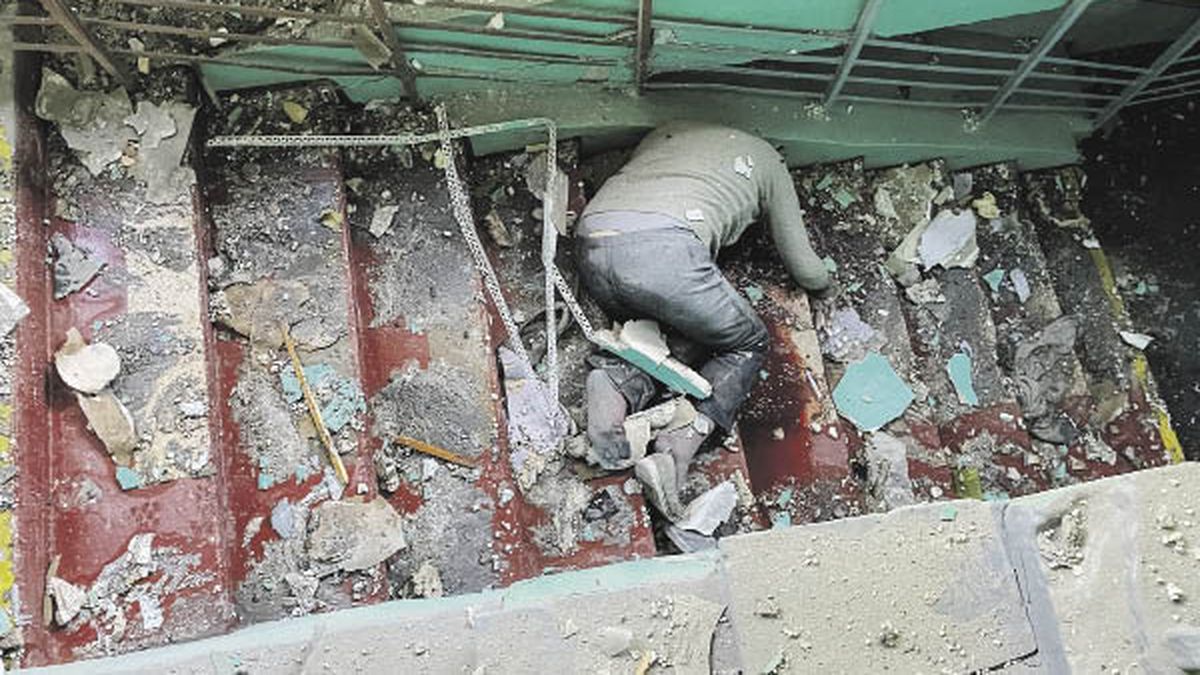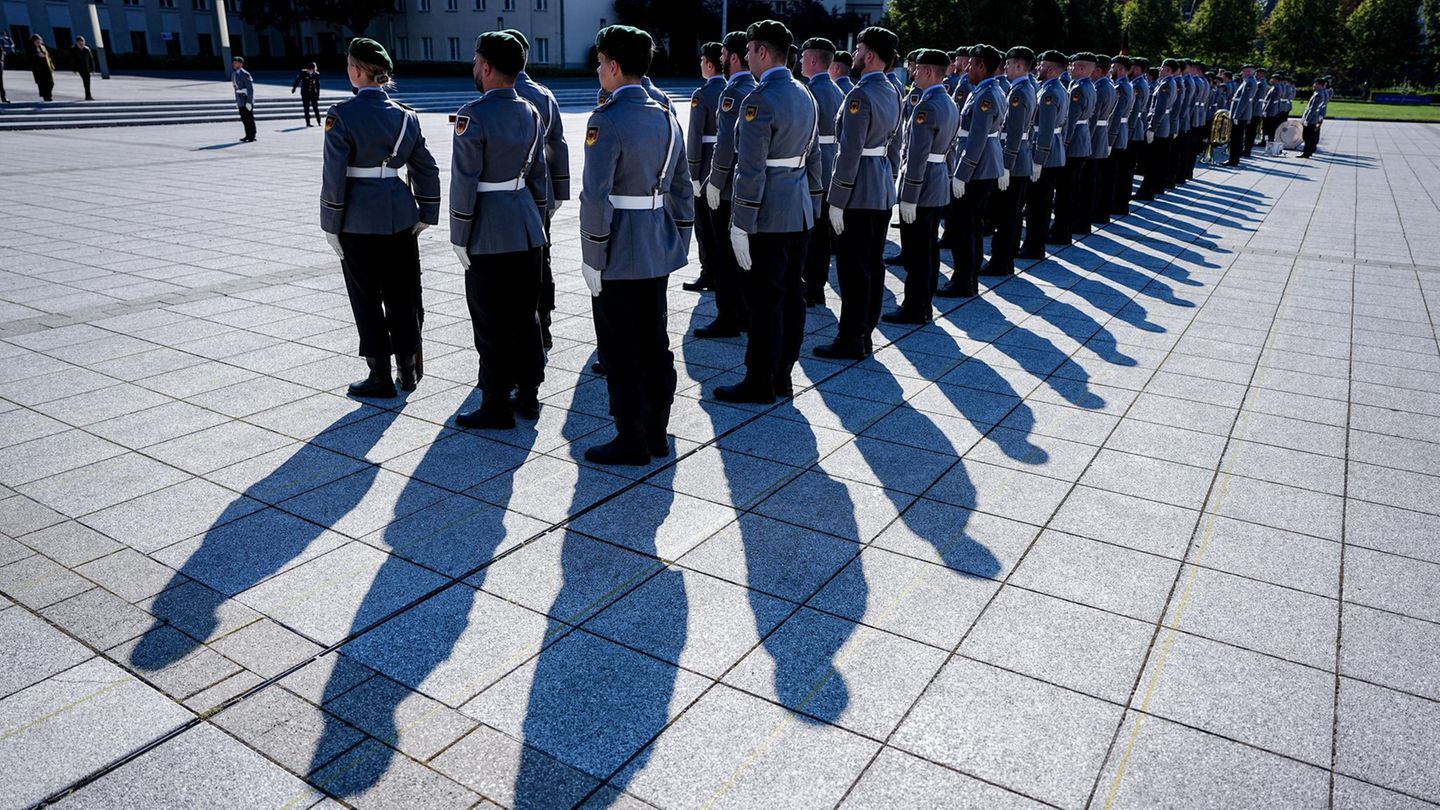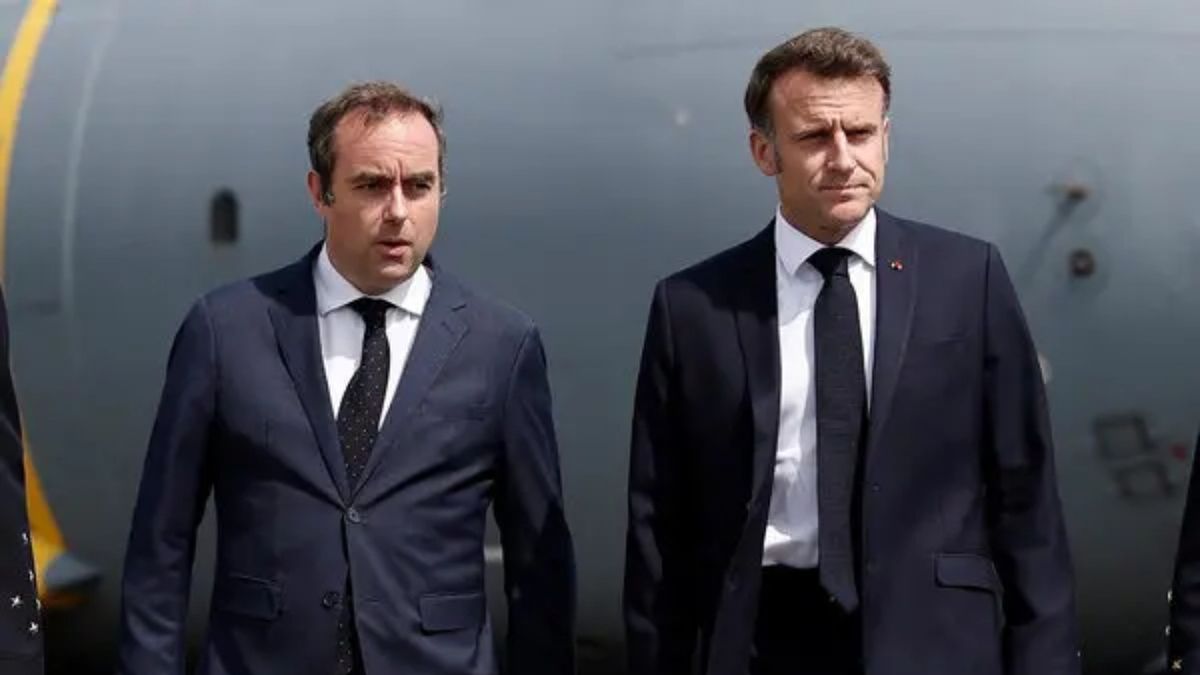“The situation in Donbas is still very difficult,” said Ukrainian President Volodymyr Zelensky.
In spite of everything, “the steamroller advances, certainly, but in a laborious way; it is not a question of military subjugation,” says Mathieu Boulègue, an expert at the Chatham House think tank.
“In the coming weeks, Moscow will need to move from a war of movement to a war of position. Its material does not regenerate, its forces are exhausted”, estimates the specialist.
Objectives
After taking the strategic port of Mariupol (southeast), which connects Russia with the Crimean peninsula, a military victory in Donbas would be welcomed by Vladimir Putin.
The Russian president launched the biggest military offensive in Europe since the end of World War II on February 24, but its abortive start left Western countries stunned. Russian forces opened three fronts at once: in the north, towards the capital kyiv; in the east and in the south. The offensive in the neighboring country mobilized 160,000 soldiers.
This represented a slightly higher than one-to-one relationship of forces against the Ukrainians. However, military doctrine advocates a ratio of three against one to launch an attack.
recalculation
Moscow launched this “special military operation” without first achieving air supremacy and quickly began to show its limits against an agile Ukrainian defense trained for years by NATO instructors. The Ukrainian troops, underestimated by Russia and to whom the West provides anti-tank and anti-aircraft weapons, inflicted significant damage on the Russians, forced a month later to modify their objectives.
Russia then decided to focus on the Donbas mining area in the east. This represents a lower ambition, which is accompanied by efforts to solve the military deficiencies of the beginning of the conflict.
“We have seen the Russians remedy some difficulties, especially logistically. Donbas is in the far east of the country, closer to Russia and its organic supply lines,” Pentagon spokesman John Kirby said. On the tactical level, “they use smaller units, carry out small movements” and “try to have better coordination between air and ground operations.”
From now on, the Russian artillery shells the Ukrainian positions relentlessly to try to weaken them and advance. However, “Ukrainians have rooted themselves in the ground, in trenches,” says Mathieu Boulègue.
“After several surprising Ukrainian successes, in fact blows taking advantage of Russian failures, the Russians resumed the initiative. The Battle of Donbas is far from over, ”says French military historian Michel Goya on his blog.
keys
For this specialist, the eastern front “is becoming a decisive battle that will absorb efforts in the coming weeks.” For the Kremlin, “the goal is to reach the administrative limits of Donbas,” General Cristophe Gomart, former commander of the French special forces, estimated on RTL radio.
“From that moment on, I think they will carry out an operational pause since there are two armies that have been facing each other for three months and they are exhausted. This is starting to be a war of attrition, without a doubt,” he explained.
In almost 100 days, this conflict has wreaked havoc on a material and human level. Western sources estimate that some 15,000 Russian soldiers lost their lives, certainly fewer than on the Ukrainian side, for which there are no reliable estimates.
According to a balance of the Oryxspioenkop blog based on images of the terrain, the Russians lost 739 tanks, 428 armored vehicles, 813 infantry fighting vehicles, some 30 fighter planes, 43 helicopters, 75 drones and nine ships.
The Ukrainians would have lost 185 tanks, 93 armored vehicles, 22 combat planes, 11 helicopters and 18 ships.
In Donbas, “Ukraine could lose ground in the short term, but Russia will face serious problems in maintaining its military effort over time and preserving its territorial gains,” estimates military expert Michael Kofman, from the American think tank CNA, who judges that “The war could drag on.”
“This conflict will be a long war of attrition,” adds Mark Cancian, of the US research institute CSIS. “Neither side seems willing to compromise or come to an agreement. Until one of the camps decides, we could see a kind of low-intensity frozen conflict.”
AFP Agency
Source: Ambito
David William is a talented author who has made a name for himself in the world of writing. He is a professional author who writes on a wide range of topics, from general interest to opinion news. David is currently working as a writer at 24 hours worlds where he brings his unique perspective and in-depth research to his articles, making them both informative and engaging.




